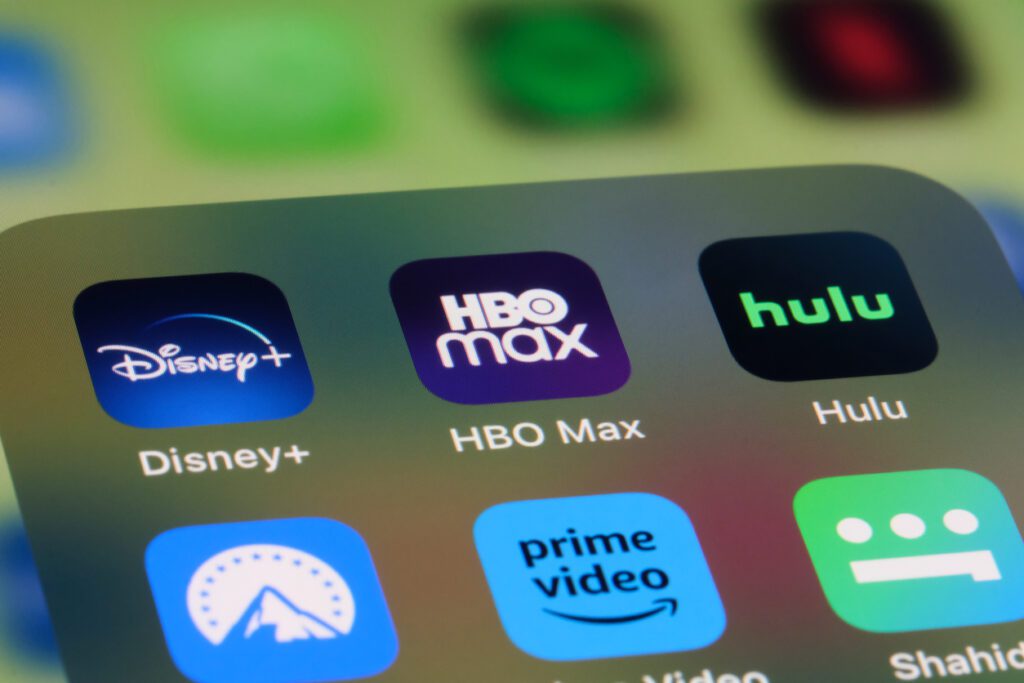The Premium Inventory Frequency Trap?

Consultants who typically err on the side of (marketing) overkill may want to reconsider the old adage about having too much of a good thing — at least when it comes to premium digital ad inventory.
That’s the warning being sounded by Melissa Kurstin, a managing director at MiQ, who leads the programmatic ad company’s political practice.
Following some careful review of TV viewership data from 43 million unique households, totaling 60 million devices, which can include everything from a cable box or antenna on the roof to a streaming stick, MiQ reached this conclusion: premium placements may result in a skewed frequency distribution curve.
In other words, 20 percent of the audience on, say, Hulu may consume 40-plus percent of all ad impressions for a premium buy.
“Then you see, like, 80 percent of the audience, which is seeing the rest of the impression, so it’s very skewed,” Kurstin told C&E. “It’s like you’re just reaching that audience over and over again without being able to frequency cap.”
This goes against an orthodoxy in political ad buying that has seen premium placements get priority because of their perceived quality. But Kurstin is telling clients that instead the focus should be on targeting by audience and using strategies like Supply Path Optimization (SPO) to reduce ad fraud, which is the concern that prompts media buyers to turn to premium inventory in the first place.
Coming back to Hulu, Kurstin noted that her team has found 68 percent of the audience on that streamer could be found on other CTV apps. “So buy Hulu, but also buy other CTV apps, and you don’t necessarily need to pay a ton of premium either — you can obviously use your budget more efficiently and get more impressions,” she said.
As a programmatic vendor, Kurstin admits this is obviously an approach they’ve espoused for some time. The difference now, however, is they have the data to back up what’s long been their concern for clients.
“For a long time too, there wasn’t any sort of transparency reporting after you ran a campaign to see where your impressions were actually delivered,” she said. “Now there is the data [and] the tech to provide transparency reporting post-campaign at an app level as well.”
Bottom line: “make sure that there is frequency management,” she said. Otherwise, your targets may see too much of the same (good) creative.
